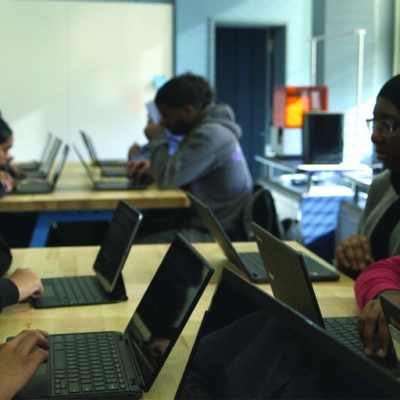
Three Reasons Embedded Social and Emotional Learning Works
Teens benefit in classrooms that weave in social and emotional learning. Here's why embedding it in an academic context works best.
Social and emotional learning (SEL) works exceptionally well when embedded in an academic context. This has informed our approach at iThrive and has been reinforced by feedback from the educators and students that we have served.
Teens benefit from classroom settings that embed the five competencies of social and emotional learning: self-awareness, self-management, social awareness, relationship skills, and responsible decision-making.

A snapshot of an in-class assignment included in iThrive Curriculum: Museum of Me, a game-based, social and emotional learning curriculum for high school English classrooms.
Our tools—game-based curricular units, role-playing simulations, and game design studio—embed opportunities for SEL not only because there is ample science to support SEL's critical role in present and future well-being and success, but because it helps teens experience how social and emotional skills and perspectives are relevant to all subjects and aspects of life.
Why should you consider bringing tools that embed social and emotional learning into your classroom? Here are our top three reasons:
1. The SEL frame provides a solid scaffold for academic content. Whether educators are discussing self-awareness, self-management, and relationship skills in the context of characters and their decisions in an English Language Arts class, or social awareness and responsible decision-making in a civics course, social and emotional competencies have a natural alignment with core academic content.
2. Students find SEL more relevant when embedded in the context of what they are learning. Students who have experienced our game-based learning units in their humanities classes have said that the types of discussions they've had in class are like no other in terms of making them think about identity, relationships, and communication. The meaningful conversations in class have stood out for them as highlights of their classroom experience.
3. Educators are more likely to employ SEL when they don't see it as an "add-on." Educators find that SEL can be even more relevant and meaningful when it's woven into how they teach core content. The inclusion of social and emotional learning within content that meets academic standards raises the profile from that of a "soft skill" to an educational priority.
Ready to try it in your class? Consider bringing embedded SEL into your virtual or in-person classroom today. Contact us to learn more about our curricular units and role-playing simulations.


